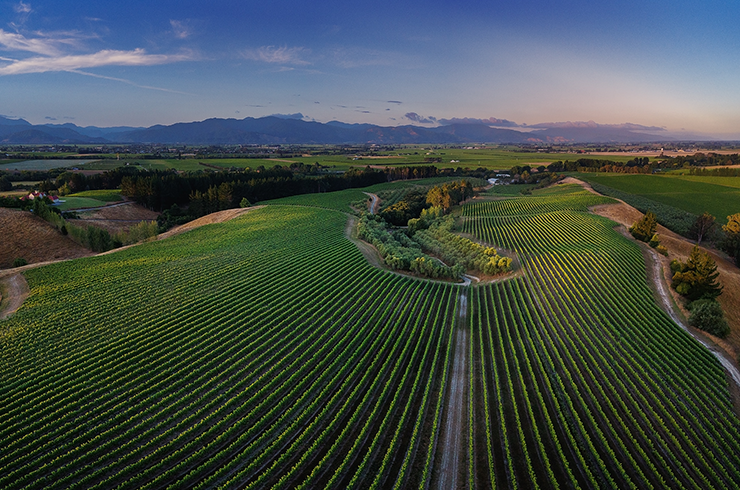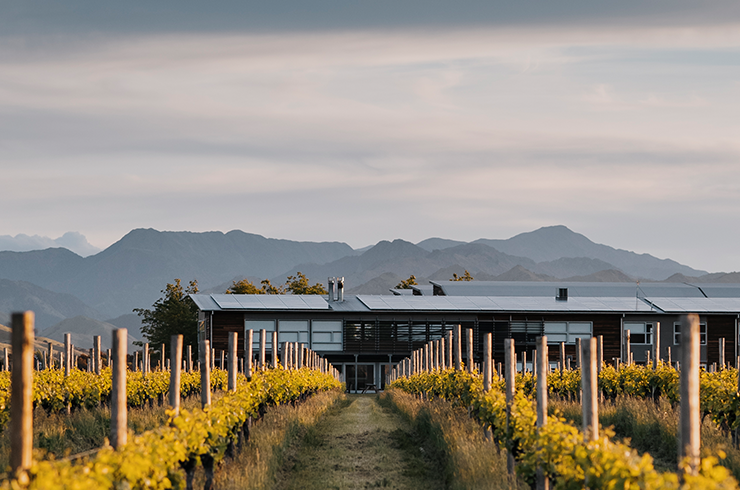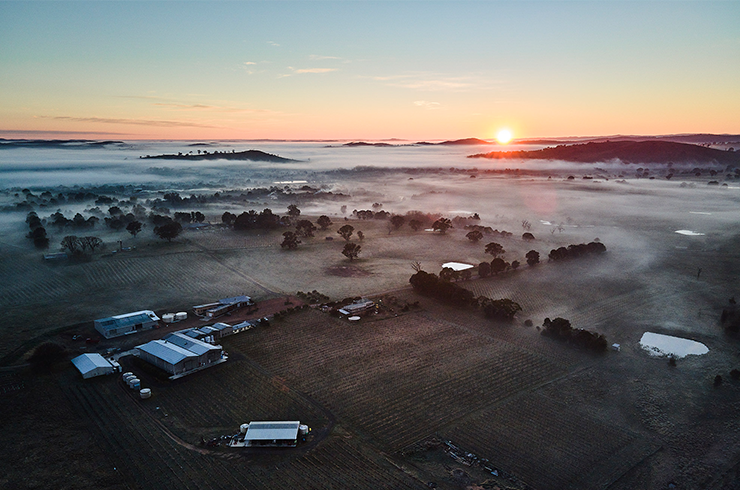
With wine, it goes beyond flavour – it's that feeling or emotion...so make your own mind up.
-
Matt Dunne’s stellar career as a sommelier, wine ambassador and wine judge had a very grassroots beginning. “I got into wine just by working in restaurants,” he says. “I worked with the teams putting together the wine lists and tasted with them. It got me inspired.” Then, in 2001 after his first vintage, Matt’s obsession was solidified “It made me realise that I wanted to work in wine and I wanted to be an expert.”
- 1. Taste, don’t sip Start with the basics: sight, aroma and taste – but makes sure you take a full swig, says Matt.
- 2. Make note of the B.L.I.C.
- Balance: Are the elements of the wine working in harmony?
- Length: How long can you taste the wine on your palate after swallowing?
- Intensity: How powerful are the flavour characteristics on the palate or nose?
- Complexity: Does the wine have a mix of primary, secondary and tertiary characteristics?
- 3. Know your varietals Matts advice on judging a wine is to first understand what constitutes a typical example of varietal or style and what characteristics you should be looking for.
- 4. Get the glass right As an ambassador for Plumm, Matt is all about style-specific glassware. “Glasses need to look great and feel great, but also give you the best experience,” says Matt. “It’s like when you play or listen to music – if you don’t have good acoustics, then it’s not going to do the sounds justice. It’s the same thing with wine and glassware. if you’ve got a sparkling wine and you drink it in a burgundy glass, instead of a champagne glass, you’re not doing that wine any favours.”
- 5. Make your mind up “With wine, it goes beyond flavour. It’s that feeling or emotion, it could be who you’re with or where you’re at in your life and what you’re celebrating – those things will impact the way you see a wine.” Matt says.
Fast forward a couple of decades, and Matt Dunne has been responsible for the wine lists in some of our best restaurants – including Aria, Bea at Barangaroo House and Chiswick Woollahra. “I’ve always loved the joy of taking someone on the wine experience. That’s why I work in wine and food.” As former head sommelier at the Solotel group, an accomplished wine reviewer and judge, Matt has developed his own wine tasting methodology. These are his tips:
“The biggest mistake people make is when they sip wine like coffee – they’re only really touching the front of their tongue. You’ve got different receptors in different places – bitter, salty, sweet – if you don’t coat your whole palate, you’re not going to get the full sensory experience when it comes to tasting.”
"When it comes to a wine being good or great, it’s all about length for me – that refers to how long you can taste the wine after you’ve actually tried it. You should be able to taste a good wine 20-30 seconds after you’ve tried it. It stays on the palate and draws you back for a second sip or glass.”
“You need to determine: is this wine a good example of the variety? Or is it one of those polarising wines that’s hard to comprehend?” says Matt.
“Tasting notes are great, [they’re] a good guide and can really make or break your purchase. But at the end of the day, it's someone’s opinion. Everyone’s palate is different, so make your own mind up about how a wine tastes. Have your own opinion.”
Read more about understanding tasting notes (and writing you own) here. Rate your favourite wines and keep track of your notes with the Halliday Virtual Cellar.
For more information on how to taste wine, visit our Wine Companion Resources hub.
Top image: Photography by Kitti Gould
Latest Articles
-
Wine Lists
The 50 most popular wines of 2025
just now -
Wine Lists
A snapshot of top New Zealand wines (all rated 91 points and above)
2 days ago -
Behind the label
Taste Aotearoa: Get to know these five New Zealand wineries
2 days ago -
Wine Lists
Just in: 14 newly reviewed wines to try this December
17 Dec 2025



